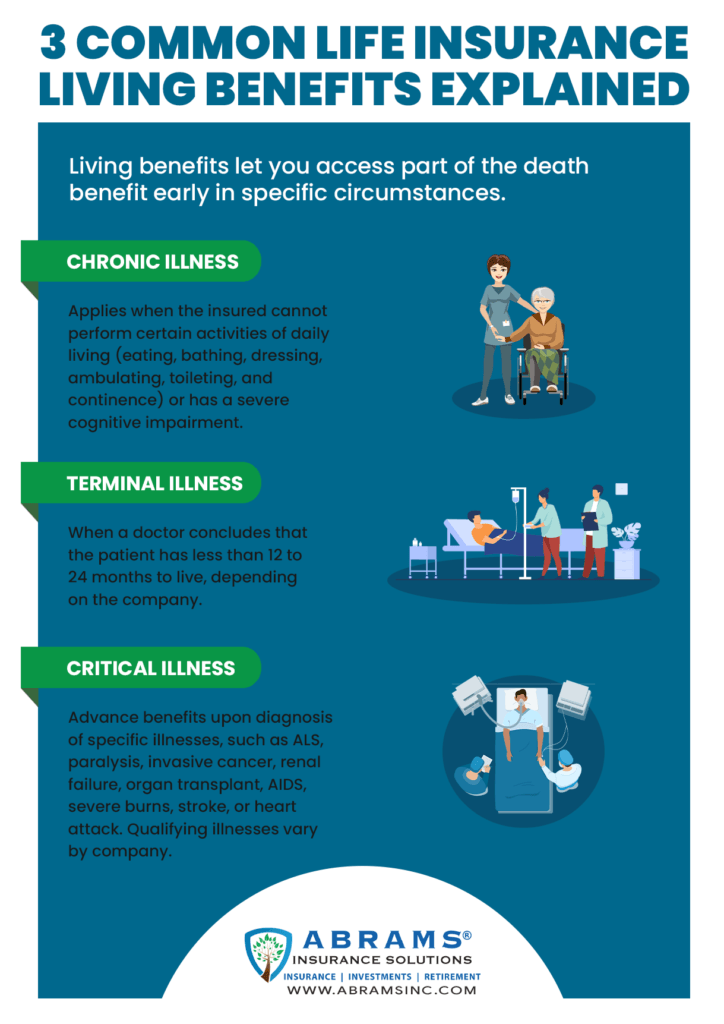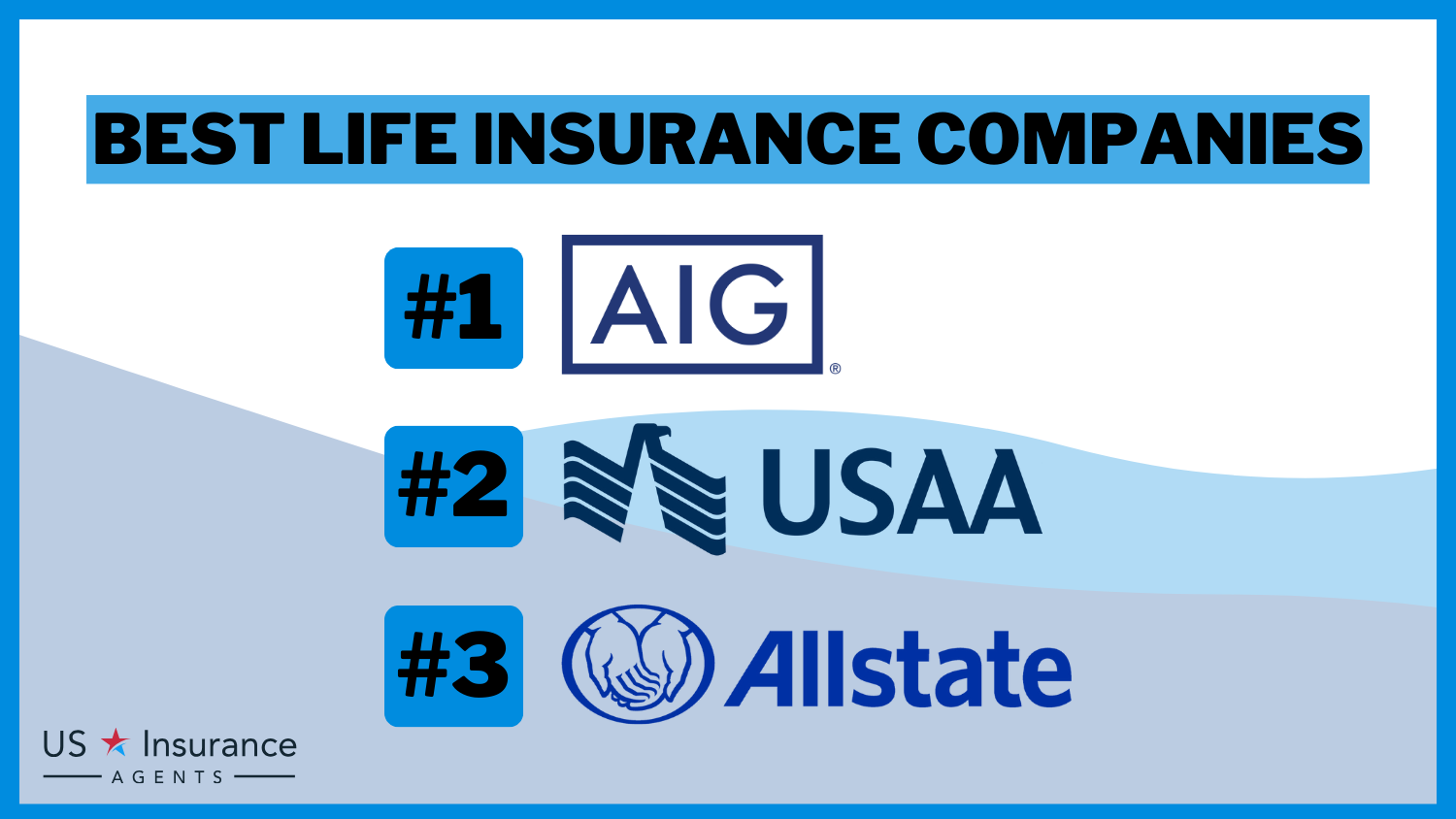Determining Fault in a Car Accident
We’ve all been there: you’re driving down the road, minding your own business, when suddenly, out of nowhere, another car comes crashing into yours. Before you know it, you’re dealing with insurance companies, lawyers, and a whole lot of stress. But one of the most important things to figure out after a car accident is actually determining fault—who’s to blame? Let’s untangle the complexities of assigning fault in a car accident.
Determining Fault in a Car Accident
Determining fault in a car accident is like putting together a puzzle—you need to gather all the pieces of evidence and fit them together to get a clear picture of what happened. Police reports, witness statements, and physical evidence from the scene of the accident are all crucial pieces of the puzzle.
Police reports are often the starting point for determining fault. They contain the officer’s observations of the accident scene, statements from the drivers involved, and any other relevant information. Witness statements can also be helpful, especially if they corroborate the police report or provide additional details. Finally, physical evidence, such as skid marks, damage to the vehicles, and debris, can help reconstruct the accident and determine how it happened.
Insurance companies will also conduct their own investigations to determine fault. They may send out an adjuster to inspect the vehicles and interview the drivers involved. The adjuster will then prepare a report that outlines their findings and assigns fault based on the evidence. However, it’s important to remember that insurance companies are looking out for their own best interests, so it’s always a good idea to have your own attorney review the insurance company’s report before making a decision about fault.
If you’re unable to reach an agreement with the other driver’s insurance company, you may need to file a lawsuit to determine fault. A judge or jury will then hear the evidence and decide who is at fault for the accident. This can be a long and expensive process, so it’s important to weigh the pros and cons of filing a lawsuit before making a decision.
Determining fault in a car accident can be a complex process, but by understanding the steps involved, you can increase your chances of getting a fair outcome.
How Do You Determine Fault in a Car Accident?
Determining fault in a car accident can be a daunting task, especially when emotions are running high. Deciphering who’s responsible can have significant consequences for insurance claims, legal liability, and personal finances. Understanding the factors that contribute to fault can help you navigate these complexities.
Police and Insurance Reports
Police and insurance reports serve as invaluable sources of information when assessing fault. These documents often contain witness statements, descriptions of property damage, and driver accounts of the incident. Witness accounts can provide unbiased perspectives, while property damage can indicate the severity of the impact and the direction of the vehicles involved. Driver statements, though subjective, can shed light on their actions and intentions leading up to the crash. By analyzing these reports thoroughly, investigators can piece together a comprehensive picture of the events that transpired.
Other Contributing Factors
Beyond police and insurance reports, several other factors play a role in determining fault. These include:
1. Traffic Laws and Regulations: Did either driver violate traffic laws or fail to yield the right of way? Establishing legal violations can significantly influence fault determination.
2. Negligence: Car accident fault often hinges on the concept of negligence. This refers to a driver’s failure to exercise reasonable care, resulting in an accident. Negligence can be proven through evidence of distracted driving, speeding, or intoxication.
3. Comparative Fault: Some jurisdictions apply comparative fault rules, which apportion liability based on the relative negligence of each driver. In such cases, even if one driver is predominantly at fault, the other may bear some responsibility.
4. Weather and Road Conditions: Inclement weather or poor road conditions can contribute to accidents. Establishing the impact of these external factors can mitigate fault.
Insurance Claim Considerations
When filing an insurance claim after a car accident, determining fault is crucial. The at-fault party’s insurance policy typically provides coverage for damages. However, if comparative fault is applicable, both drivers’ insurance policies may come into play. Understanding the fault determination process can help you maximize your insurance benefits and ensure fair compensation.
How Do You Determine Fault In A Car Accident?
Car accidents are never fun, and they can be even more stressful when you’re not sure who’s at fault. Determining fault in a car accident can be a complex process, but it’s important to understand the factors that can be used to determine who’s responsible.
Police Reports
One of the most important pieces of evidence in a car accident case is the police report. The police will investigate the accident scene, interview witnesses, and take measurements. The police report will contain all of the information that the police gathered during their investigation, and it can be used to help determine who was at fault for the accident, and a police report could be the linchpin of evidence you need to prove your case if you decide to press charges.
Witness Statements
Eye-witness accounts can provide crucial insight into the events leading up to and during the accident. Witnesses can provide information about the speed of the vehicles involved, the position of the vehicles on the road, and the actions of the drivers. Witness statements can be very helpful in determining fault in a car accident, especially if there is no other evidence available.
Physical Evidence
Physical evidence can also be used to determine fault in a car accident. This evidence can include things like damage to the vehicles involved, skid marks on the road, and debris from the accident. Physical evidence can help to reconstruct the accident and can be used to determine which driver was at fault. Physical evidence doesn’t lie, and it can be used to support the testimony of witnesses or to contradict it. If the physical evidence contradicts the testimony of a witness, it may be difficult for the jury to believe the witness’s testimony.
Expert Testimony
In some cases, it may be necessary to hire an expert to help determine fault in a car accident. Experts can provide testimony about the cause of the accident, the speed of the vehicles involved, or the actions of the drivers. Expert testimony can be very helpful in determining fault in a car accident, especially if the other evidence is inconclusive.
Comparative Negligence
In some states, the doctrine of comparative negligence is used to determine fault in a car accident. Under comparative negligence, fault is apportioned between the drivers involved in the accident based on their degree of fault. For example, if one driver is found to be 60% at fault and the other driver is found to be 40% at fault, the first driver would be responsible for 60% of the damages and the second driver would be responsible for 40% of the damages.
How Do You Determine Fault in a Car Accident?
Whether you are involved in a minor fender bender or a major collision, determining fault in a car accident is crucial. Assigning blame helps insurance companies decide who is responsible for the damages and injuries incurred. So, how do you determine fault in a car accident?
Physical Evidence
Physical evidence at the accident scene can provide valuable clues about who was at fault. Skid marks, vehicle damage, and debris can indicate the speed and direction of the vehicles involved. The location of the impact and the final resting positions of the cars can also be telling. For example, if one car is facing in the opposite direction of traffic, it could suggest that the driver was driving recklessly or under the influence of alcohol or drugs.
Witness Statements
Witness statements can also be helpful in determining fault. If there were any witnesses to the accident, their accounts can provide an impartial perspective on what happened. Witnesses can describe the actions of the drivers involved, the speed of the vehicles, and any other relevant details.
Police Reports
Police reports are another important source of information when determining fault in a car accident. Police officers are trained to collect evidence and interview witnesses at the scene of the accident. Their reports typically include a detailed description of what happened, as well as any citations that were issued.
Insurance Investigations
Insurance companies often conduct their own investigations to determine fault in a car accident. They will typically review the police report, interview the drivers involved, and inspect the vehicles. Insurance companies may also hire accident reconstruction experts to help them determine what happened.
Comparative Negligence
In some states, the concept of comparative negligence is used to determine fault in a car accident. Under comparative negligence, both drivers can be found partially at fault for the accident. The amount of fault assigned to each driver will determine how much compensation they are entitled to receive.
How Do You Determine Fault in a Car Accident?
Determining responsibility in a car accident is a complex process. Several factors come into play, from traffic laws to driver behavior. Understanding how fault is assigned can help you protect your rights and seek compensation for your injuries.
1. Driver History and Citations
The driver’s past traffic record, including citations, speeding tickets, and accidents, can paint a picture of their driving habits. A history of traffic violations suggests a pattern of reckless or negligent driving, which can strengthen the argument that the driver is at fault in the current accident. However, it’s important to note that a few minor violations alone may not be enough to prove negligence.
Additionally, the nature of the citations is crucial. Traffic violations related to speeding, reckless driving, or running red lights are more likely to be considered evidence of negligence. Less serious violations, such as parking tickets or minor equipment violations, may carry less weight.
Obtaining the driver’s history and citations is essential. You can request these records from the Department of Motor Vehicles (DMV) or through a private investigation firm. By analyzing this information, you can gain valuable insights into the driver’s driving habits and potential liability for the accident.
2. Witness Statements
Eyewitness accounts can provide valuable information about the accident. Statements from independent witnesses can corroborate the details of the accident, including who was at fault. Look for witnesses who observed the events leading up to the accident, the impact itself, and the aftermath.
3. Police Reports
Police officers who respond to car accidents often file detailed reports. These reports typically include information about the accident scene, driver statements, witness accounts, and the officer’s opinion on who is at fault. While police reports are not always conclusive, they can provide valuable insights into the circumstances of the accident.
4. Physical Evidence
Physical evidence, such as skid marks, debris, and damage to the vehicles, can help reconstruct the accident and determine fault. An accident reconstruction expert can analyze this evidence to determine the speed and direction of the vehicles involved, as well as the point of impact.
5. Expert Testimony
In complex cases, expert testimony may be necessary to determine fault. Experts such as accident reconstructionists, engineers, and medical professionals can provide detailed analysis and opinions based on their expertise. Their testimony can help establish negligence, causation, and damages.
How Do You Determine Fault in a Car Accident?
When you’re involved in a car accident, figuring out who’s at fault can be a major headache. But it’s crucial to determine fault accurately, as it can have a significant impact on your insurance claim and any potential legal action. Here’s a breakdown of the legal standards that help determine fault in car accidents:
Types of Fault
Fault in car accidents can be determined based on several principles:
**Negligence** assigns fault to the person who breaches their duty of care and causes harm to another person or property. Determining negligence involves proving the duty of care, breach of duty, causation, and damages.
**Comparative fault** distributes fault among multiple parties involved in an accident, considering their respective contributions to the crash. Under this system, each party’s liability is reduced or increased based on their own negligence.
**No-fault** systems assign compensation regardless of fault. These systems typically involve a threshold of injury or property damage that triggers coverage.
Evidence and Factors
Determining fault in car accidents requires a thorough investigation of the circumstances. Evidence typically includes police reports, witness statements, accident reconstruction, and medical records.
Key factors that can affect fault determination include:
- Traffic laws and regulations violated
- Vehicle speed and road conditions
- Driver intoxication or distraction
- Driver training and experience
- Vehicle maintenance and defects
- Witness testimony and recorded footage
How Do You Determine Fault in a Car Accident?
When a car accident occurs, determining fault is crucial to establish liability and seek compensation. Deciding who is at fault can be complex, involving various factors. Let’s delve into how fault is determined in a car accident.
Proving Fault
The burden of proving fault lies with the injured party. They must establish that the other driver was negligent, meaning they failed to exercise reasonable care, and their negligence directly caused the accident. Proving fault requires gathering evidence to support these claims.
Types of Evidence
Evidence that can help prove fault in a car accident includes:
- Police report: Contains details of the accident, including witness statements and officer observations.
- Witness statements: Provide accounts from people who saw the accident.
- Medical records: Document injuries sustained in the accident.
- Vehicle damage reports: Show the extent of damage to the cars involved.
- Accident reconstruction reports: Analyze accident scene data to determine how it occurred.
Comparative Negligence
In some cases, both drivers may share responsibility for an accident. This is known as comparative negligence. Each driver’s level of fault is determined, and their compensation may be reduced proportionately. For instance, if one driver is found to be 70% at fault and the other 30% at fault, the first driver may only receive 30% of their compensation claim.
Insurance Considerations
Insurance companies play a crucial role in determining fault. They investigate the accident, gather evidence, and evaluate liability. Filing an insurance claim promptly is essential to preserve rights and initiate the process of determining fault.
Legal Recourse
If you are involved in a car accident and believe the other driver was at fault, you may seek legal recourse. An attorney can help you gather evidence, navigate insurance claims, and file a lawsuit if necessary. Legal representation can ensure your rights are protected and you receive fair compensation.
How Do You Determine Fault in a Car Accident?
Figuring out who caused a car accident can be a complicated task. It’s not always as simple as one driver saying, "It was their fault!" and the other driver agreeing. There are often multiple factors to consider, and it can take some time to sort out the details.
Investigating the Accident
The first step in determining fault is to investigate the accident. This includes talking to the drivers involved, witnesses, and the police. The police report will often contain important information about the accident, such as the location, time, and weather conditions.
Determining Fault
Once the investigation is complete, the next step is to determine fault. This is done by considering all of the evidence available. Some of the factors that may be considered include:
- The driver’s behavior: Were they speeding, driving recklessly, or under the influence of alcohol or drugs?
- The condition of the vehicles: Were there any mechanical problems that contributed to the accident?
- The road conditions: Were there any potholes, slippery surfaces, or other hazards that made it difficult to drive?
Insurance Coverage and Liability
Insurance companies play a big role in determining fault in car accidents. They evaluate the evidence to determine which policy will cover the damages and the extent of coverage. If one driver is found to be at fault, their insurance company will be responsible for paying for the damages caused by the accident.
Comparative Negligence
In some cases, both drivers may be found to be at fault for an accident. This is known as comparative negligence. Under comparative negligence, each driver’s fault is assigned a percentage. The driver who is found to be more at fault will be responsible for paying a greater percentage of the damages.
Proving Fault
The burden of proof in a car accident case lies with the person who is claiming that the other driver was at fault. This means that they must provide evidence to support their claim. Evidence can include witness statements, photographs, and the police report.
Tips for Determining Fault
Here are a few tips for determining fault in a car accident:
- Gather as much evidence as possible. This includes witness statements, photographs, and the police report.
- Be prepared to provide your own statement. This should include your account of what happened, as well as any witnesses you may have.
- Contact your insurance company. They will be able to help you determine fault and file a claim.
Conclusion
Determining fault in a car accident can be a complex process, but it’s important to understand the steps involved. By gathering evidence and understanding the law, you can ensure that you are fairly compensated for your injuries.




Leave a Reply